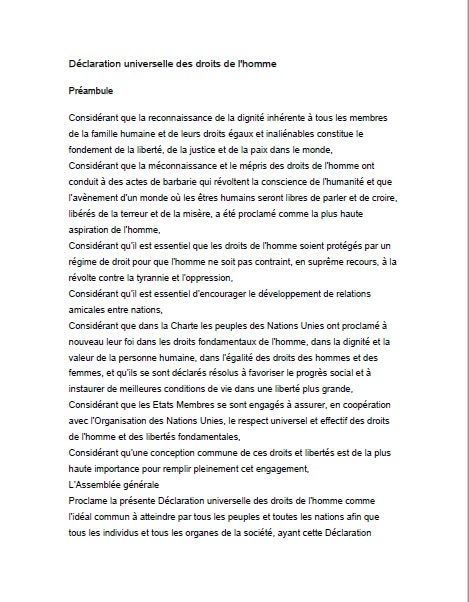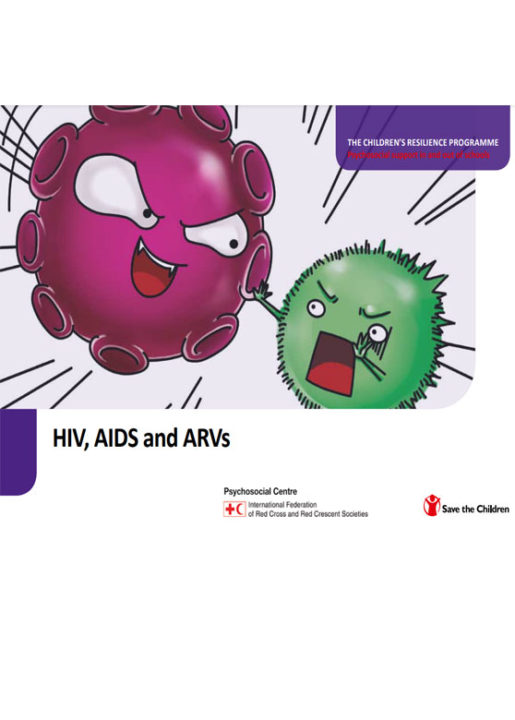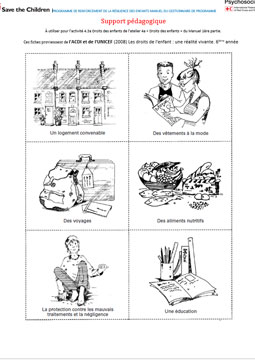The children’s resilience programme recognizes that children’s wellbeing is influenced by their interaction with their parents and caregivers, their peers and with others in their community environment. The programme therefore covers all these areas of children’s lives to help improve their wellbeing and their resilience. This is done through children’s workshops that focus on supporting the children’s inner strengths and their social interactions with others. It also involves meetings with parents and caregivers, promoting their understanding of the challenges their children are facing, and providing them with skills to support their children. As a whole, it involves working with the entire community to identify ways to improve the environment the children live in, and especially to improve child protection systems.
The programme manager’s handbook has been developed for programme managers with limited experience in children’s resilience programmes, as well as for staff and volunteers who are interested in gaining more knowledge of programme planning and management.
This zipped file consists of the following annexes:
1a: Universal Declaration of Human Rights
1b: Convention on the Rights of the Child
1b+: Ratifications of CRC
1c: Sphere Project 2004
1d: IASC Guidelines on Mental Health and Psychosocial Support
1d+: IASC Guidelines Checklist for Field Use
1e: Getting it Right CRP Guide
1f: Child Friendly Spaces Guidelines
1g: International Federation Psychological Support Policy
1h: Inter-Agency Network on Education in Emergency_Minimum Standards
1i: Child Protection in Emergencies_Priorities, Principles and Practices
2: Step_by_Step_Model
3: Preconditions
4a: Overview of Parents and Caregivers Meetings
4b: Informed Consent Form
5a: Rapid Assesment Questions
5b: Detailed Assesment
6a: Baseline Focus Group Question for Children
6b: Focus Groups, Parents and Caregivers
6c: Focus Group, Teachers and Community Members
6d: Focus Group, Headteachers
6e: Focus Group Records
7a1: Brief Ethnographic Interviewing Manual
7a2: BEI Appendix I – Statistical Analysis for Sort Method Data
7a3: BEI Appendix II. Example Interviews
7b: Child Competence Interviews with Adults and Children
9: Interagency PSS Programme Document
11: Budget Example
12: Procurement List
13a: Job description PM
13b: Job description PS Technical Officer
13c: Job description, Field Coordinator
13d: Job description Facilitator
14a: Staff Recruitment Considerations
14b: Code of Conduct
15: Training Matrix
16: How to Develop Indicators
17: Monitoring Guidelines
18: Examples of Indicators
19: Example of Filing System






